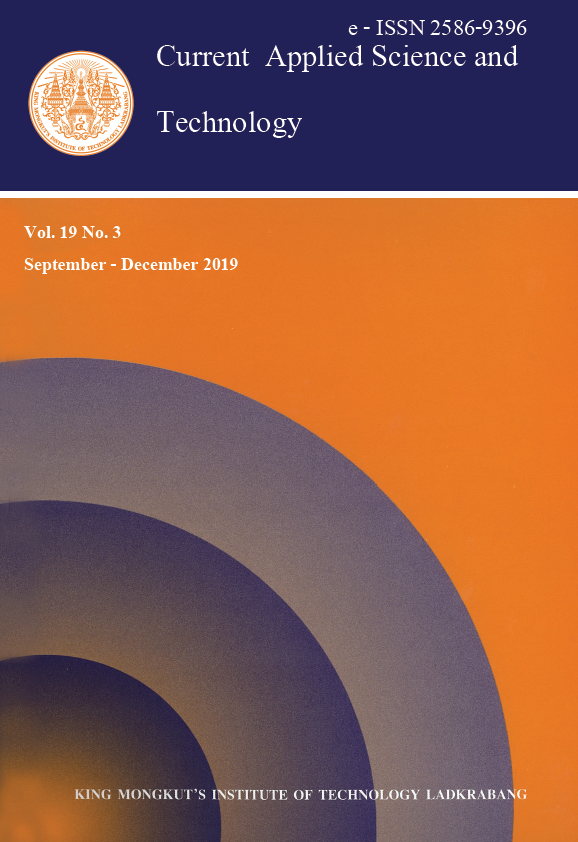*Corresponding author: Tel.: +66850640161 Fax: +6625644486
E-mail: rtepsorn@tu.ac.th
Somsap, J. ., Kanjanapongkul, K. ., Chancharoonpong, C. ., Supapvanich, S. ., & Tepsorn*, R. . (2019). Antimicrobial Activity of Edible Electrospun Chitosan/Cellulose Acetate/Gelatin Hybrid Nanofiber Mats Incorporating Eugenol. CURRENT APPLIED SCIENCE AND TECHNOLOGY, 235-247.
